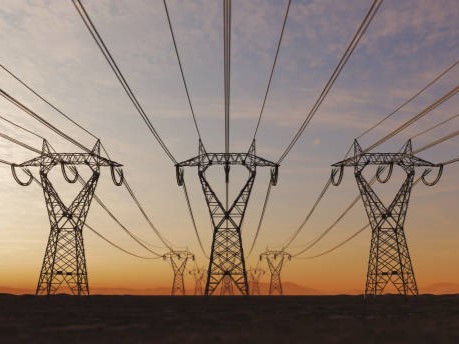- Distribution systems are the final stage of delivering electricity from substations to consumers, ensuring reliable and efficient power supply.
- Distribution networks are essential for maintaining the stability and functionality of the entire power system.
In the context of power systems, distribution refers to the network of wires, transformers, and other infrastructure that delivers electricity from substations to end-users, such as homes, businesses, and industries. Understanding the role and function of distribution in the power system is crucial for appreciating how electricity reaches consumers reliably and efficiently. This article explores what distribution in power systems entails and details the key processes involved in this critical stage of power delivery.
What is distribution in power systems?
Distribution in a power system is the final stage in the delivery of electricity from the generation sources to the end consumers. It involves stepping down the high voltage from transmission networks to lower voltages suitable for use by consumers. The distribution network includes substations, transformers, distribution lines, and various control equipment.
1. Substations: Facilities where the voltage of electricity is lowered from transmission levels to distribution levels using transformers. They also play a crucial role in controlling and monitoring the distribution network.
2. Distribution Lines: These are the power lines that carry electricity from substations to consumers. They can be overhead or underground, depending on the geographic and urban planning requirements.
3. Transformers: Devices that step down the voltage to safe levels for residential or commercial use. They are located at substations and along distribution lines.
4. Control Equipment: Includes switches, circuit breakers, and protective devices that ensure the safe and efficient operation of the distribution network.
Also read: Exploring nuclear power plants: Engineering energy solutions
Also read: What are data centre solutions?
Key roles and processes in power distribution
1. Voltage step-down
Substation transformers: High-voltage electricity from transmission lines is stepped down to lower voltages suitable for distribution. This process typically involves large transformers located at substations.
Local transformers: Further voltage reduction occurs near the end-users, where local transformers adjust the voltage to levels safe for household or business consumption.
2. Power delivery
Distribution lines: These lines carry electricity from substations to consumers. Overhead lines are common in rural areas, while underground lines are more prevalent in urban settings.
Service drops: The final leg of the distribution network, service drops connect the distribution lines to individual homes or businesses.
3. Network control and monitoring
Control centres: Distribution networks are monitored and controlled from central control centres that use real-time data to manage electricity flow and address issues.
Smart grid technologies: Advanced metering infrastructure and automated control systems enhance the efficiency and reliability of the distribution network by providing real-time monitoring and control capabilities.
4. Safety and reliability
Protective devices: Circuit breakers, fuses, and other protective devices safeguard the distribution network from faults and overloads, ensuring reliable power supply.
Maintenance: Regular maintenance and upgrades of distribution infrastructure are essential for preventing outages and extending the lifespan of equipment.
5. Integration with Distributed Energy Resources (DERs)
Renewable integration: Distributed generation sources like rooftop solar panels and small wind turbines are integrated into the distribution network, allowing for local generation and consumption of electricity.
Bidirectional power flow: With the rise of DERs, distribution networks are increasingly accommodating bidirectional power flow, where excess power generated locally can be fed back into the grid.
6. Load management
Demand response: Programs that adjust the demand for power instead of adjusting the supply. This involves consumers reducing their power use during peak times in response to signals from the utility company.
Energy storage: Batteries and other energy storage systems are used to store excess power and release it during high-demand periods, balancing supply and demand.

